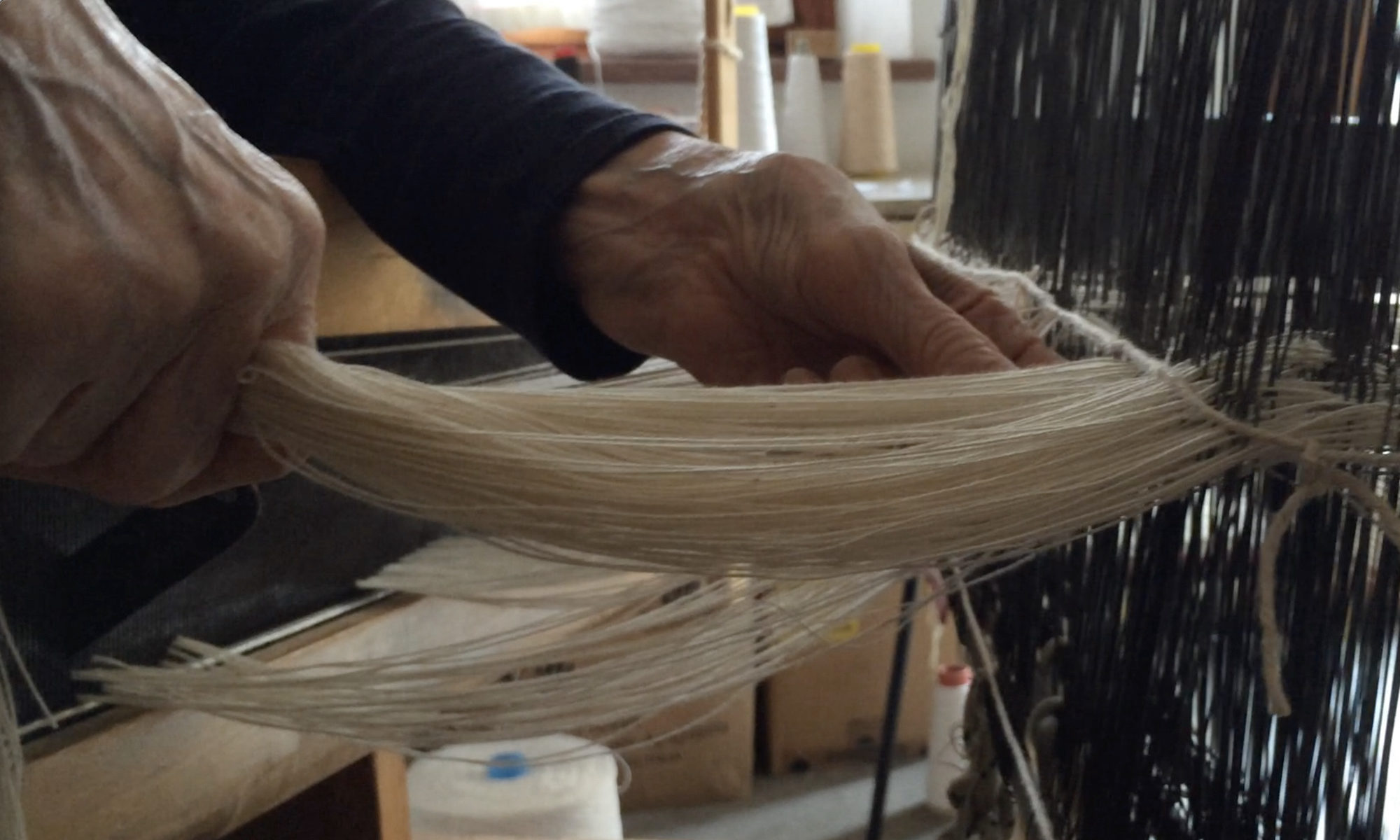In an era replete with an overabundance of machine-made, ready-to-go, disposable stuff, many people don’t think about handmade items or their value, which is a value that extends beyond a dollar amount or shelf-life longevity. The unquantifiable value factor is human: The value is in and of the makers as well as the receivers of the handmade.
Creating handmade items requires a great deal of time and much consideration. Many handmade gifts, of clothing especially, are created for a specific person. Such handmade items are highly prized not only because they are made and stitched “to measure” — a time-consuming and skillful process — but because, when you understand the process of making a handmade item, say a shirt, you realize the time and the consideration required to make the item. Making a shirt demands good project planning skills to manage the many steps: the purchasing or making of component pieces (the fabric, thread, buttons, interfacing, and related); the acquisition and maintenance of the necessary tools (sewing machine, needles, scissors, table, and so forth); the taking of the recipient’s measurements, and more. Of course, making a shirt also necessitates the craft or artistic skills and engineering ability necessary to make the item, plus time: setting aside the hours necessary to complete all the steps of cutting, matching, sewing, and applying details to finish a shirt.
Yes, handmade items are an expression of the maker’s mastery of their particular craft, and handmade gifts are a demonstration of the maker’s love and consideration of the person to whom the gift is given. The gift given is not just the item: the gift is comprised of the time, thoughts, and love of the maker.
This consideration and love, as well as the attitude of the maker are present in every fiber and every stitch of the item. Especially while making a gift — during the hours, days, and perhaps weeks and months required to create an item — the maker would have thought often of the recipient, imagining how the recipient would use and appreciate the item. The concept that the thoughts of a maker imparted corresponding qualities into an object was commonly understood in many traditional cultures; hence the stories of women weaving, spinning, or stitching thoughts of joy, contentment, and abundance into a textile.
The type of handmade item does not matter: whether a shirt, rug, ceramic mug, carved wooden toy, poem, painting, a plate of cookies, or a home-cooked meal, the thoughts, attitudes, and qualities of the maker pass into the very substance of that which they create.
Realizing this, we begin to understand what we as individuals and as a society lack when we no longer have handmade items as a component of what we touch, feel, wear, and eat in our everyday lives.
May we all consciously put love, care, and attention into all we create, so that our creations carry these as offerings to the world.
Even if we are not creating a tangible object to gift to another, the gift itself may be as simple as a word, a glance, or a hug that transmits our love and caring.
~ Kelly Manjula Koza
The photo is of Susanna Frongia, renowned Sardinian handweaver, warping a traditional handloom. This article is also posted on SardinianArts.com.

